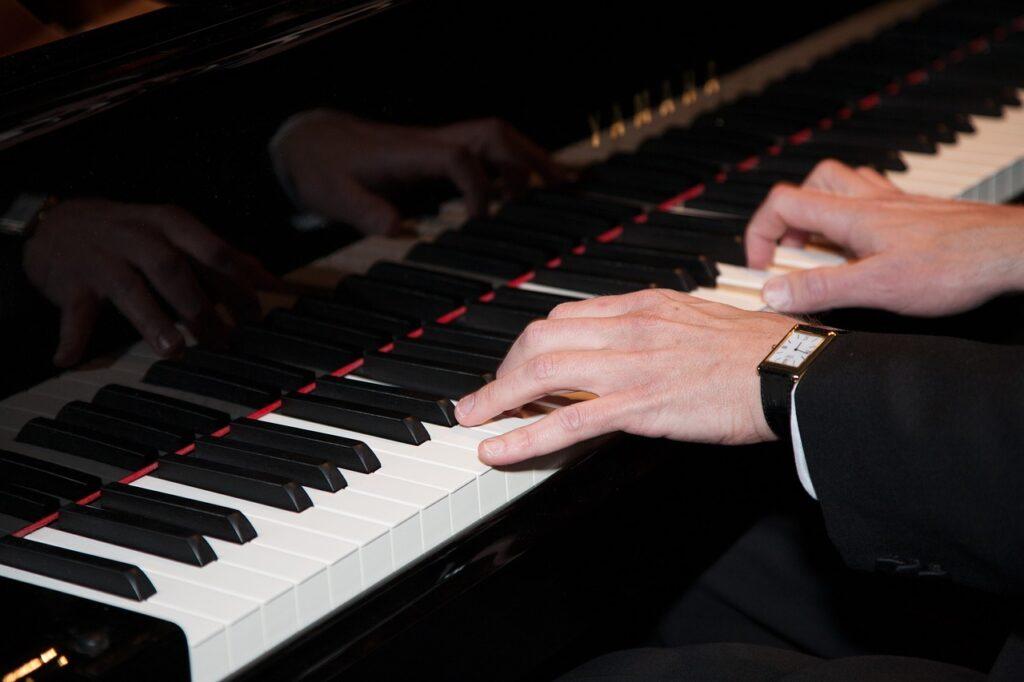Do you have a hard time singing minor keys in tune? According to Hagerman and Sundberg, minor thirds are almost as hard to tune by ear as major seconds, and much harder than major thirds. However, sing-along song tracks can help! Read more to learn how to harmonize in minor keys. Estimated reading time 3 minutes.
Read More

